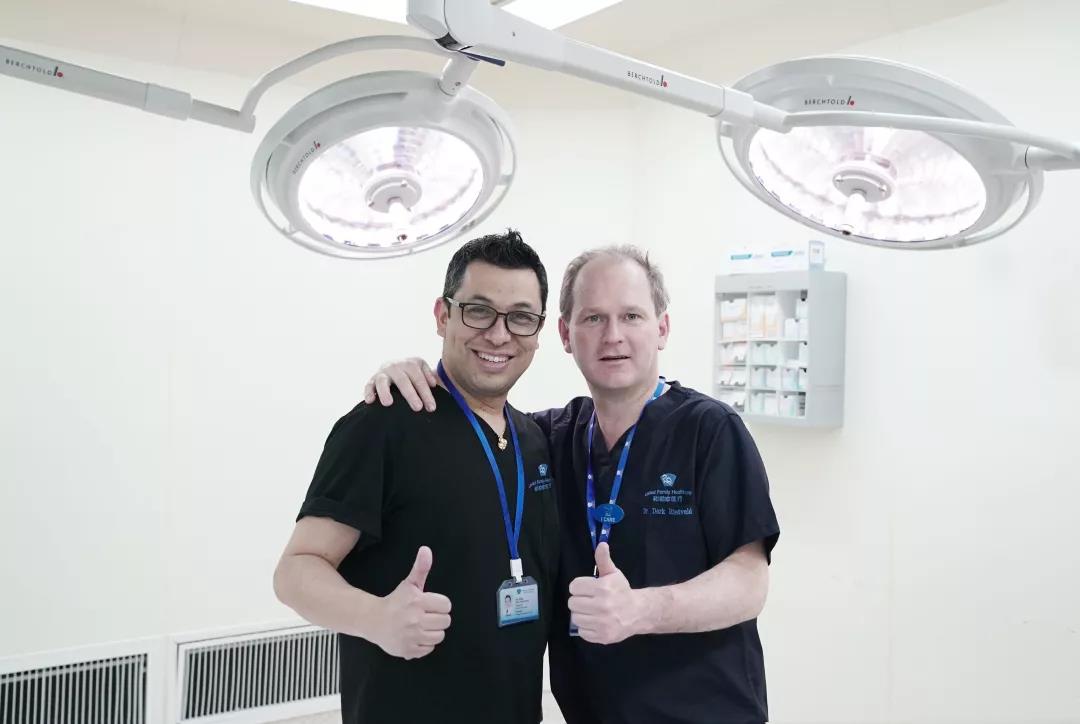
Sports Medicine: The solution for a long and healthy life
The Shanghai United Family Hospital Sports Medicine team provides medical care to athletes and non-athletes of all ages, victims of work-related accidents and senior citizens.Our goal is to help people remain healthy and active for their entire lives.
Advanced services in Sports Medicine provide leading technology, including magnetic resonance imaging of the bone and joints and an arthrogram for patients with sports injuries.
The initial medical tests can be used to identify problems inside the body and help patients to understand the damage.
Ultrasound
An ultrasound scan is a medical test that uses high-frequency sound waves to capture live images from the inside of your body. It’s also known as sonography. If you’re experiencing pain, swelling, or other symptoms that require an internal view of your organs, an ultrasound allows a doctor to see problems without needing to make an incision. An ultrasound is also a helpful way to guide surgeons’movements during certain medical procedures, such as biopsies or injections. Unlike other imaging techniques, ultrasound uses no radiation.
X-Ray
An X-ray is a medical test that uses small amounts of radiation to create images of your body. It helps to examine the area where you’re experiencing pain or discomfort, or to monitor the progression of your treatment. The level of radiation exposure is considered safe for most adults, but not for a developing baby. If you’re pregnant or believe you could be pregnant, tell your doctor before you have an X-ray. He may suggest a different imaging method, such as an MRI.
If you’re having an X-ray done to help diagnose, you will need to hold your body in certain positions while the images are being taken. This may cause you pain or discomfort. Your doctor may recommend taking pain medicine beforehand.
Magnetic Resonance Imaging (MRI)
An MRI is a medical test that uses magnets and radio waves to capture images inside your body to view the soft tissues along with the bones. This allows a doctor to inspect the elements, for example, the knee or shoulder that might have been injured during physical activity or from wear and tear. The test can also provide detailed images of various sections of the knee or shoulder, such as bones, cartilage, tendons, muscles, blood vessels, and ligaments. The MRI procedure typically takes between 30 minutes to an hour.
Unlike X-rays, an MRI doesn’t use radiation and takes images in better contrast than other tests. Your doctor may want you to undergo a special kind of MRI called an MRI arthrogram. For this procedure, your doctor will inject a contrast fluid, or dye, to provide a better view of its structure.
Depending on the area that your doctor and radiologist are examining, you may want to wear loose, comfortable clothing that you can easily move around in. They may also ask you to remove any jewelry or other metallic items from your body before your X-ray is taken. Always tell your doctor or radiologist if you have metal implants from prior surgeries. These implants can block X-rays from passing through your body and creating a clear image.
Depending on the area that your doctor and radiologist are examining, you may want to wear loose, comfortable clothing that you can easily move around in. They may also ask you to remove any jewelry or other metallic items from your body before your X-ray is taken. Always tell your doctor or radiologist if you have metal implants from prior surgeries. These implants can block X-rays from passing through your body and creating a clear image.
Copyright United Family Healthcare 2018 All right reserved ICP 京ICP备13017554号-4



